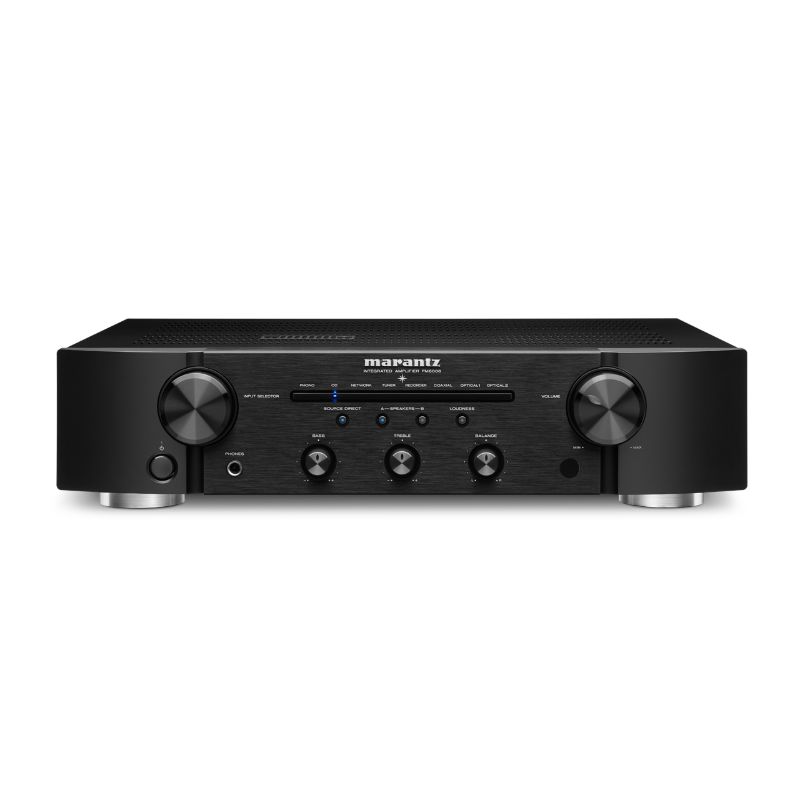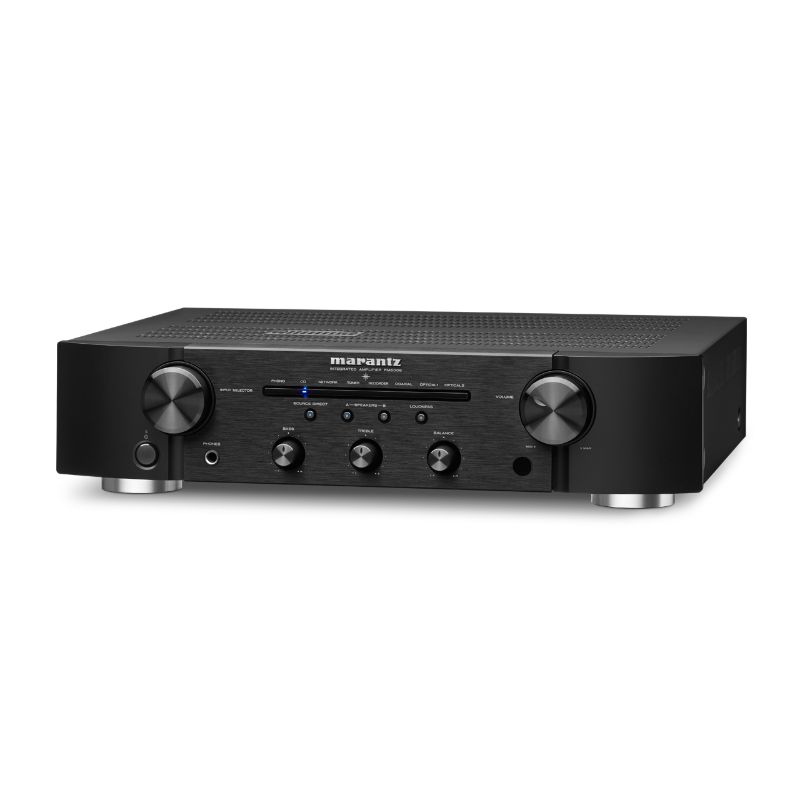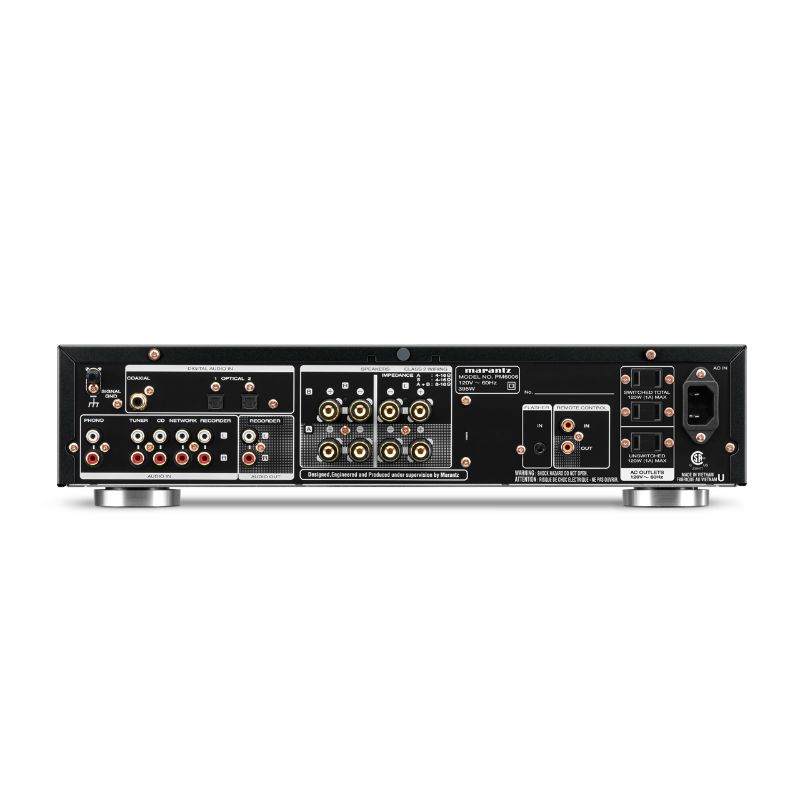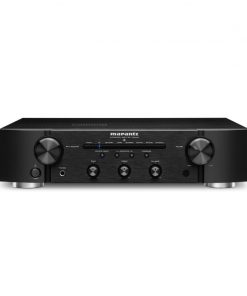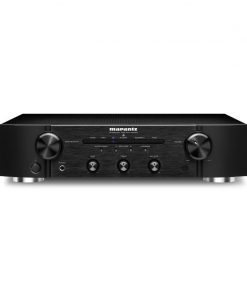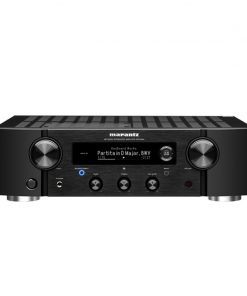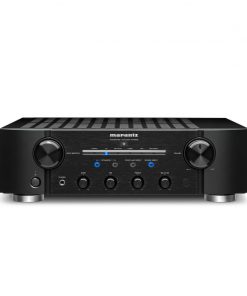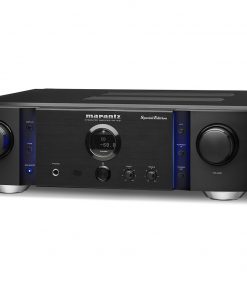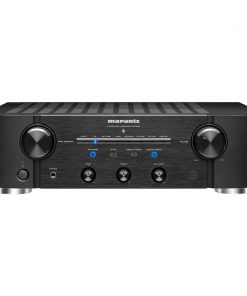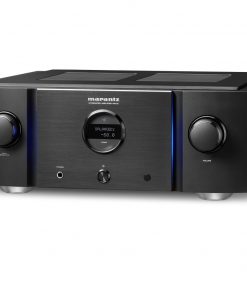Marantz HDAM Technology
Marantz developed its own discrete circuit boards to replace standard IC’s. These HDAM’s consists of discrete surface mount components with short mirror image L/R signal paths. Those devices are doing exactly the same thing as the Op-Amps, but outperform the regular IC Op-amps dramatically in terms of the Slew Rate and reduced noise level, resulting in a much more dynamic, accurate and detailed sound. Over the years Marantz developed different types of the HDAM to improve quality and to fit to the special requirements of a product category like CD or amplifier.
Current Feedback
The Current Feedback amplifier technology provides wide-bandwidth and high-speed sound reproduction. In combination with the Toroidal Transformer, the PM6006’s amplifier holds a massive energy reserve to drive even demanding speakers with absolute ease.
Toroidal Transformer
A Toroidal transformer has several advantages over a normal EI core transformer. It is very efficient and therefore delivers more power compared to the same size of an EI core transformer. In addition, due to its shape, the electromagnetic radiation and the mechanical vibration are extremely low all ending in a better sound quality.
High Current Power Supply
The power supply has high current high speed Shottky Barrier Diodes and high current storage capacitors that together provide wide dynamic range along with low impedance drive capability.
Reference Quality D/A Conversion for Digital Input
The PM6006 features high resolution D/A conversion and is equipped with the reference class CS4398 D/A converter, which provides up to 192 kHz/24 bit resolution for optimum fidelity with high resolution audio file types.
Expanded Connectivity for Digital Inputs (2 Optical, 1 Coax) with Hi-res Audio Support
1 Coax digital and 2 Optical digital inputs are now available to connect digital devices and play back Hi-res Audio (up to 192kHz/24bit PCM) through the PM6006’s advanced audio circuitry. And the complete digital section is fully shielded by an extra metal housing to ensure that the digital stage has no effect on the analog signal.

